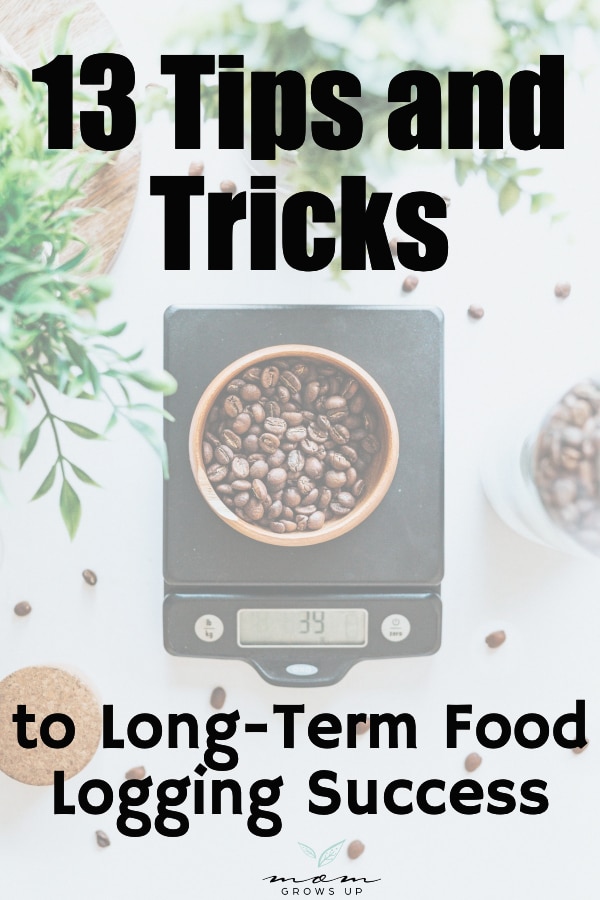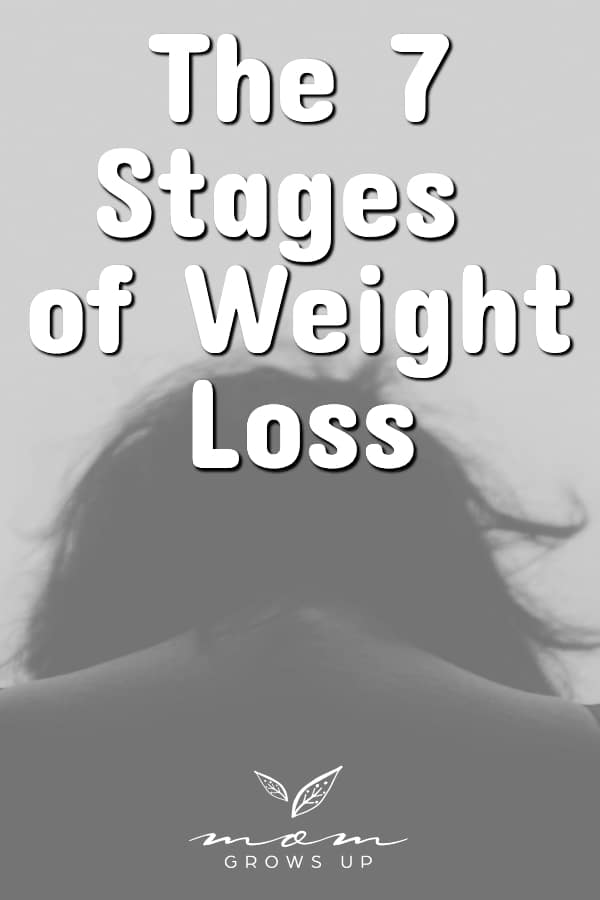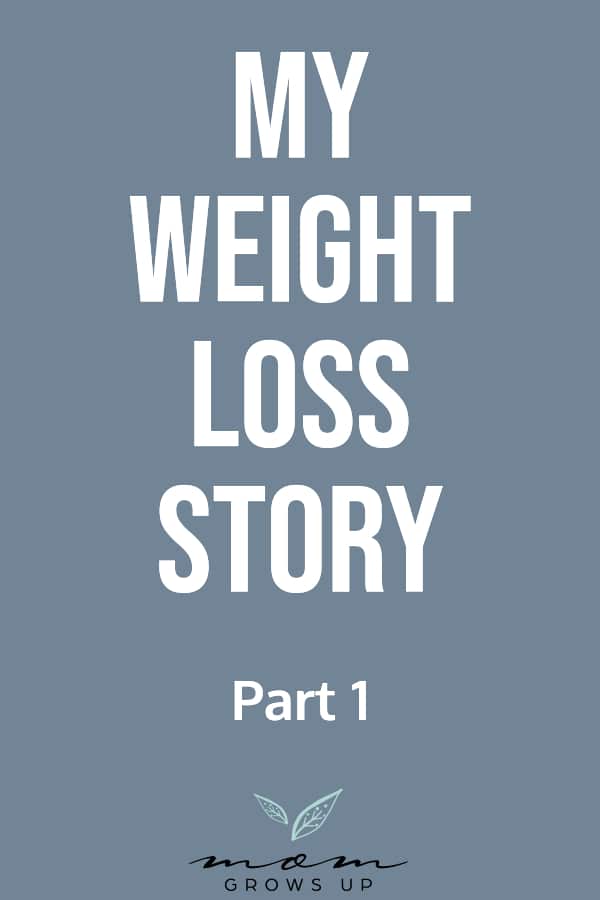Lose Weight Without Exercise
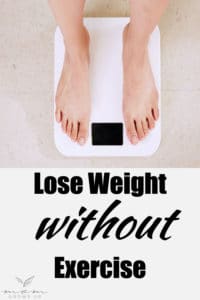
You can lose weight without exercise. Are you shocked?
I cannot tell you how many people have told me, “I can’t lose weight because I can’t exercise.” in response to my 60 pound weight loss. It’s like they are saying, “Well, I could do that, too but, because of XYZ I can’t workout. So weight loss is impossible for me.”
I hate to break it to them, and you, but that’s just an excuse people use to avoid changing. Exercise is totally unnecessary for weight loss. You can lose weight without hitting a step goal or the gym.
On the Flip Side
People love saying things like, “I’m going to start eating right and exercising.” I am perplexed as to why anyone would choose to completely overhaul their current lifestyle all at once. Eating right and exercising can be completely independent of one other.
You don’t need to do both, and I’ll explain why your focus, at least in the beginning, should be your eating habits.
The Problem With Working Out and Eating Right
Starting and STICKING to a workout routine is crazy hard.
Changing what and how much you eat is hard.
Think back to your past weight loss attempts – how long did you adhere to your diet and work outs at the same time? I’m guessing not long enough to see and make lasting change, or you wouldn’t be here right now.
Don’t worry, there’s hope for you and your weight loss aspirations. I was just like you once. Constantly gaining and losing the same 10 pounds over and over, trying this diet and that, and just feeling lost overall.
Now, I’m sitting on the other side of a 60 pound weight loss, and I’ve learned a thing or two. Both about how the weight loss process works, and what it takes to lose weight and keep it off. One of the most important things I’ve learned is: you absolutely can lose weight without exercise.

Here’s how:
1. Calculate your maintenance calories
To lose weight you simply need to eat fewer calories than you burn. That may sound easy in theory, but it’s hard in reality. Many people don’t know what their maintenance calories actually are.
Because of this, dieters usually start their journey by drastically under-eating. They last a few miserable days, get too hungry, and quit.
Most of the time people rely on online calculators to tell them what their weight loss calories should be. Unfortunately, most of the apps and sites out there will assign absurdly low numbers.
Partly because people always choose that they want to lose the maximum amount of weight per week, and select that they fall into the lowest level of physical activity.
Step one is accurately calculating your maintenance calories.
Without this information you risk spinning your wheels. Here’s a great Instagram post explaining exactly how to do it with both quick and two-week methods. Here is how to verify that your calories are, in fact, in your weight loss range.
This step is critical. Having confidence in your maintenance calories will protect you from the under-eating trap. Under-eating sabotages your weight loss efforts just as much, or more, as overeating.
It leaves you ravenous and dissatisfied, and leads to binging and feelings of failure.
It’s a vicious cycle that I lived in for far too long.
Before I knew what my actual maintenance calories were, I would chronically undereat every time I attempted to count calories.
I gained weight because about every fifth day I would binge. I binged for days to satisfy my hunger and cravings before finally trying again. It sucked.
Do this right, and you will keep going.
When you eat enough and feel satisfied it’s just not that hard to stick to your weight loss plan.
2. Create a calorie deficit
To lose one pound you need to eat 3,500 (give or take) fewer calories than your maintenance number. In order to lose fat while maintaining muscle mass, your rate of weight loss should be no more than 1-1.5 pounds per week.
Once you know your maintenance calories, figuring out an appropriate deficit is simple. Example: Say your maintenance calories, calculated in Step 1, are 2250 calories per day.
The number of days in the month will vary, of course, but let’s assume there are 31 days this month for the sake of this example. Multiplying 2,250 calories by 31 days equals a total of 69,750 calories to play with for the month, and maintain your current weight.
Now to calculate your deficit.
Say you want to lose 5 pounds this month. Of course this number will be specific to your goals.
In this case, you’d multiply 5 pounds by 3,500 calories (the average number of calories below maintenance it takes to lose 1 pound, as mentioned above). This results in a total caloric deficit of 17,500 for the month.
Simply subtract 17,500 from your 69,750 maintenance calories. This gives you a total of 52,250 calories for the month to see a 5 pound weight loss.
Divide this by 31 days to find your daily calorie target. In this example you would have a calorie intake goal of 1,685 per day. You decide if the number you come up with is attainable and doable for you.
This number is not set in stone. From here you have the option to do the math at a less or more aggressive deficit, depending on your goals and personality. Adherence is key, so settle on a number you’re comfortable with.
Related Post: Lose Weight Without Counting Calories
3. Be consistent
Now you know how many calories you need to eat in order to not only lose weight, but to do so comfortably. From here you will track your food.
Log everything you eat, and keep to your caloric deficit goal with consistency. Keep in mind that we’re working and focusing on averages, so one “off” day can absolutely average out over the course of a week or month with a little mindfulness.
Last month I ate an average of around 1791 calories per day. During that same month I had a 2668, a 2000, and a 2323 calorie day! A couple days throughout the month, however, I ate around 1550 calories and it all came out in the wash. It’s all about the averages!
We aren’t robots who can hit the same exact number each and every day. When I say “be consistent” I am referring to your overall monthly average. Strive for consistency, NOT perfection! When you start thinking in terms of averages, you begin to get much more flexible with your calories, and weight loss gets a heck of a lot easier!
Keep Track of Your Progress
I keep track of my monthly calorie intake in the Live Free planner. It has writing space for growth and reflection, grocery lists and meal planning, workout plans and fitness goals, and a monthly calendar that will help you visualize your eating patterns alongside your schedule and commitments.
With the planner you can quickly see the correlation between your total weight lost and your calorie averages. This planner is essential for anyone starting out on their fitness journey, and can completely change the trajectory of your current weight loss efforts.
It has singlehandedly organized my goals and streamlined my methods, and I’m a serial dieter from way back! Get yours here and experience for yourself how easy weight loss truly can be.
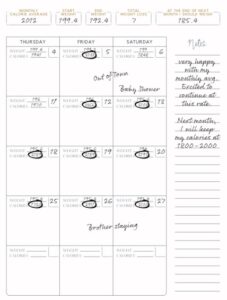
But why not exercise, too?
I’m not saying to NOT exercise, but I understand how hard change is.
It’s crazy, super, ridiculous hard. Changing and forming habits takes time and effort. The best advice I have for you, which is the common theme throughout every book on the subject, is to focus on just one small change. Put all your energy towards successfully implementing that one small change. Then, once that change has become a habit, build on it.
Your first change should be to stop eating whatever you want without accountability.
AKA, start logging your food intake. Continue to eat whatever you want, but log it.
Logging and tracking food in itself can be a tough habit to form, so focus on that for a week or two before throwing anything else into the mix (like eating less). During this time you can calculate your maintenance calories, followed by your ideal calorie deficit for weight loss.
The next baby step is to start eating consistently in your calorie range. As you begin to do that, you will automatically start to “clean up” your food choices, to align with your average calorie target.
This happens because you realize you can eat more by eating better, but don’t drop all the junk all at once or life will be sad. After a good month or two of successful, consistent effort with this, you can then look into starting a workout routine.
*This post contains affiliate links. I will receive a small percentage of the sale, at no additional cost to you, if you purchase through my link. Thanks for your support!
Until you have a good grasp on how you need to eat to lose weight, don’t confuse things with exercise.
It’s too much! I speak from experience. In April 2018 I joined WW and started BBG at the same time. After one month I had lost 10 pounds and was in better shape. The next month I gained seven pounds back, despite keeping up with the exercise routine.
The weight I lost was all from WW, it had nothing to do with BBG. BBG simply shaped and toned my body. The calorie deficit from WW is where the loss came from.
Related Post: BBG: An Overweight Girl’s Review
We all way overestimate how many calories we are burning from exercise. I ended 2018 with a net loss of 10 pounds as I floundered to lose weight on WW, but I did emerge with an AMAZING exercise habit that I’ve continued to this day.
While losing 10 pounds and forming an exercise habit is great, I would have lost a lot more weight if I had focused all my energy on solely my nutrition. I started WW and BBG weighing in at 185 pounds, and it took me a year to get down to 175 pounds.
In hindsight, I wish I would’ve lost weight through nutrition and calorie counting first, then started doing the fitness routine. When you’re overweight everything is harder, especially things like jumping jacks and burpees!
I Didn’t Exercise for One Month
Fast forward to August of 2021. Over the course of 3 years of consistent exercise, I managed to acquire a couple muscle tears in my rotator cuff.
I opted for a stem cell shot over having surgery (blog post about this coming soon!). Even without undergoing surgery, I was still unable to exercise, other than light walking, for a full month.
I was unable to run or lift for an entire month, yet I still wanted to work on my weight loss goals during recovery. I knew I needed to focus 100% of my energy on eating in a calorie deficit.
To balance out the lack of workouts, I recalculated my weight loss calorie range using the steps outlined above, and a lower activity level. I was nervous about the lower calorie target (1650 calories/day) at first, but I was determined.
And, quite frankly, I’m accustomed to eating a lot (1800-2000 calories/day), even in a deficit. A slightly smaller deficit is still a good, satisfying amount of food.
What happened?
I was able to stick to my plan, calories, and goals! I lost 6.4 pounds in a month….with absolutely zero exercise and a step average of 3,000-5,000/day.
What did I learn?
- When all your energy is focused on one difficult task (eating less), that one task becomes way easier. You have the energy you need to make it happen because you’re not being torn in all directions.
- Being consistent with calories comes easier when your appetite is more consistent. I was less hungry because I was burning fewer calories.
Working out has all kinds of benefits. It shapes and tones your body, and has a fantastic effect on your mood, even helps control your weight (ie not gain), but it can make your hunger very unpredictable.
I don’t know if I will be starving immediately following a run or the day after. It can be harder to stay on track, especially in the beginning of a weight loss journey, with the increased appetite and unpredictable hunger cues that can come with working out. - Exercise can make you think you’re eating the wrong amount, because of spikes on the scale. When I began to do some light lower body work again, toward the end of my 3rd week of recovery, the scale spiked up and stayed there for nearly 2 weeks!
This wasn’t my first rodeo, and I knew this “gain” was nothing but water retention. So I just kept to my calorie deficit and light workouts. After the 2-week spike the scale plummeted to new lows.To the novice in the beginning of a weight loss journey, however, this spike on the scale would be confusing and discouraging. Being confused and discouraged is just a hop, skip, and a binge away from quitting. It’s hard to stay the course when scale antics trick you into thinking you’ve failed.
Make ONE Change at a Time, and Reach Your Goals
It takes so much energy to workout, on top of the energy and conscious effort it takes to eat in a way that supports your goals. It’s just too much for most people to do both things well.
Don’t beat yourself up over it! Instead, set yourself up for success by focusing on nutrition, and only nutrition, first.
Losing weight without exercise is actually the smartest thing you can do! That being said, you don’t need to full-on avoid physical activity altogether, either.
It’s fine, and I recommend, to add in some short walks and build on those the first few months. But, anything more than that can have you floundering.
Weight loss will be more difficult if you attempt to completely overhaul your eating habits and exercise routine all at once!
If you have any questions, don’t hesitate to reach out. Follow me on Instagram to learn more about my weight loss journey, and be sure to pin this to Pinterest for reference later!
P.s. Here’s a 1-week free trial of Kids to help you get started. When you join, I will happily figure out your starting calorie range for you.
Other Posts You Might Be Interested In:
Which Diet is Right for You?
3 Reasons You Aren’t Losing Weight
3 Simple Tips to Lose Weight
4 Weight-Loss Mistakes I Just Made
Why I Quit Weight Watchers, and What I Do Instead


